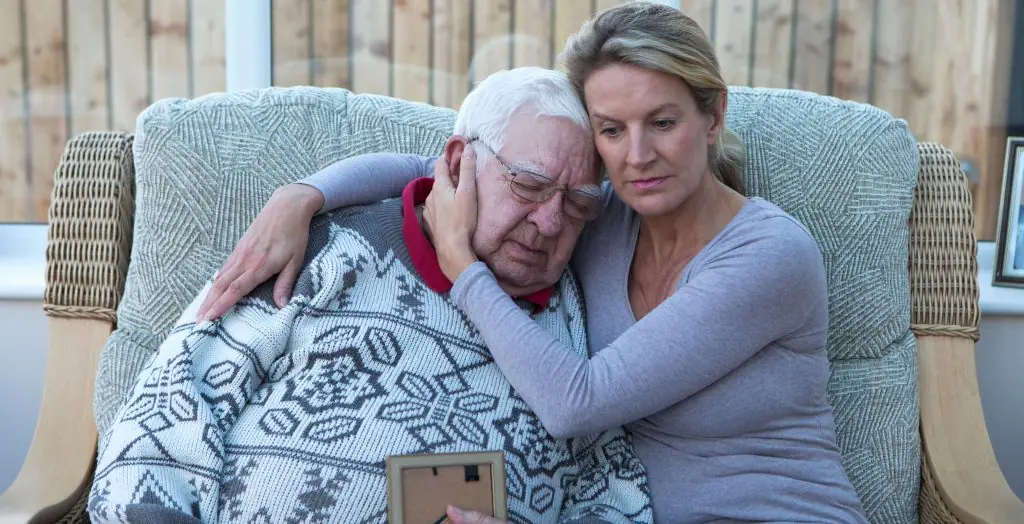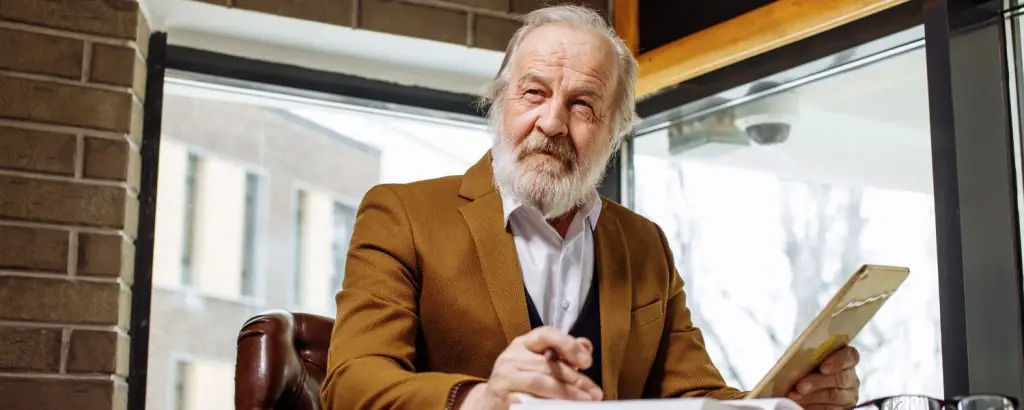
Grieving the loss of a loved one is an incredibly challenging and emotional process. During such difficult times, decisions about the final resting place and the memorialisation of the departed become crucial. In recent years, cremation has gained popularity as a choice that provides flexibility and personalisation in honouring the memory of the deceased.
Within this blog post, we shall delve into the various facets of cremation, focusing on the steps involved, memorialisation options, and the specifics of arranging a direct cremation, with a particular emphasis on Swanborough Funerals and pertinent details regarding funeral services in Browns Plains.
A Simple Explanation of Cremations

Cremation is a process of final disposition that encompasses the controlled combustion, vaporisation, and oxidation of a deceased body. Through this method, the body is transformed into fundamental chemical components, including gases and mineral fragments, while retaining the semblance of dry bone. This process is typically carried out in a crematorium, where specialised equipment ensures a respectful and controlled environment for the cremation.
The decision to choose cremation may stem from personal, cultural, or religious beliefs. Some individuals opt for cremation due to its cost-effectiveness, environmental considerations, or the desire for a more flexible memorialisation process.
What Are the Steps Involved in a Cremation?

1. Preparation and Identification
Before the cremation process begins, the deceased undergoes careful preparation. This includes removing items unsuitable for cremation, such as pacemakers, and ensuring proper identification. The preparation phase sets the stage for a respectful and controlled cremation process, emphasising the importance of treating the deceased with dignity and care.
2. Cremation Authorisation
Obtaining authorisation is a crucial step in the cremation process. Family members or designated individuals must complete legal documents and confirm specific details related to the cremation. This stage guarantees the fulfilment of the wishes expressed by the deceased or their family, while also ensuring strict adherence to all legal prerequisites before advancing with the cremation process.
3. Cremation Process
The core of cremation involves placing the prepared body in a cremation chamber. The chamber undergoes intense heating, reaching temperatures typically ranging from 760 to 980 degrees Celsius. The process, which takes several hours, reduces the body to bone fragments through combustion, vaporisation, and oxidation.
4. Cooling and Grinding
Following the cremation, the bone fragments are cooled before being processed into a finer consistency. This stage ensures that the remains, often called cremated ashes, are suitable for the chosen method of memorialisation.
5. Final Placement
The last step involves placing the cremated remains in an urn. This urn can be displayed at home, stored in a columbarium, or buried in a cemetery, offering families a variety of choices for the final resting place of their loved ones. The flexibility of this step allows for personalisation and alignment with the wishes of the deceased or their family.
How Do You Memorialise a Loved One After Cremation?

Choosing cremation does not diminish the opportunities for meaningful and personalised memorialisation. It opens up a range of creative and heartfelt options:
1. Urn Placement
Urn placement is a traditional and cherished way to memorialise a loved one after cremation. The cremated remains are carefully stored in an urn, which can be displayed in various settings. Families may keep the urn at home, place it in a columbarium, or enter it in a cemetery. This physical representation provides a focal point for remembrance, allowing family and friends to pay their respects and find solace in the tangible presence of their departed loved one.
2. Scattering
Scattering ashes in a meaningful location holds a special significance for many families. Whether it’s a cherished outdoor spot, the ocean, or a memorial garden, this act allows the departed to become part of the natural world they love. The ritual of scattering can be a poignant and personal experience, fostering a sense of connection to both the departed and the chosen location. It transforms the act into a symbolic journey, symbolising the continuation of the loved one’s spirit in a place of beauty and significance.
3. Memorial Jewellery
Memorial jewellery offers a unique and intimate way to keep a loved one close. Cremated remains can be incorporated into jewellery like pendants, rings, or bracelets. These pieces serve as wearable memorials, allowing family members to always carry a small part of their departed loved one. This personal and comforting keepsake preserves the memory and creates a tangible connection, providing solace and a sense of closeness. Memorial jewellery has become popular, offering a discreet and beautiful way to honour and remember the deceased.
4. Memorial Services
Conducting a memorial service or ceremony provides an opportunity for both family and friends to gather, reminisce, and commemorate the life of the departed individual. Even with cremation, a memorial service can be as elaborate or intimate as desired. Families can customise the event to reflect the personality and preferences of their loved ones, incorporating elements that celebrate their passions, achievements, and cherished memories. These services play a crucial role in the grieving process, providing a communal space for healing, support, and sharing stories that honour the departed’s unique impact on the lives of those they touched.
5. Virtual Memorials
In the digital age, creating online memorials or tribute pages has become a meaningful way to connect with a broader community of friends and family. Virtual memorials offer a platform for sharing memories, photos, and messages of condolence. They provide a lasting digital space where people can visit and contribute their thoughts, offering a sense of collective remembrance. This approach transcends geographical boundaries, allowing friends and family worldwide to participate in honouring the departed. Virtual memorials can complement traditional memorial services or stand-alone, providing a lasting and accessible tribute to the life and legacy of the loved one.
How to Arrange a Direct Cremation

Direct cremation is a simplified, cost-effective option that excludes many traditional funeral service elements. Swanborough Funerals offers direct cremation services in Browns Plains area, providing families with a straightforward and dignified option.
1. Contact the Funeral Home
Initiate the process by contacting Swanborough Funerals, a reputable provider of funeral services in Browns Plains. Share your preferences and collect details regarding the available choices.
2. Documentation and Authorisation
Complete the necessary documentation and authorise the direct cremation. This may include details such as the identity of the deceased, the chosen cremation package, and any additional requests.
3. Transportation
The funeral home will handle the transportation of the deceased to the crematorium, ensuring a seamless and respectful transition.
4. Cremation Process
The direct cremation process follows the same general steps as traditional cremation but without a formal funeral service.
5. Return of Cremated Remains
After the cremation is complete, Swanborough Funerals will return the cremated remains to the family, allowing them to decide on the final placement or memorialisation.
How Does Direct Cremation Work?

Direct cremation is a simplified and efficient process that streamlines funeral arrangements. Swanborough Funerals offers value cremations in Brisbane, providing families an affordable yet respectful option.
1. Package Selection
Swanborough Funerals offers different packages for direct cremation, allowing families to choose the one that best suits their needs and budget.
2. Personalisation Options
While direct cremation excludes a traditional funeral service, families can still add personal touches, such as selecting a specific urn or arranging a separate memorial ceremony.
3. Transparent Pricing
One of the advantages of direct cremation is its transparent pricing. Families know exactly what to expect, making it easier to make informed decisions during a challenging time.
4. Flexibility
Direct cremation allows families to organise memorial services later, allowing for more time to plan a meaningful celebration of life.
Conclusion
Dealing with grief is an incredibly personal and challenging journey. Choosing cremation, especially through reputable providers like Swanborough Funerals offering services in Browns Plains, allows families to navigate this journey with flexibility, dignity, and affordability. Whether opting for a traditional cremation or a more streamlined direct cremation, the process can be tailored to honour the memory of a loved one in a way that aligns with the wishes and preferences of the family. The multitude of memorialisation options ensures that each family can find a meaningful way to celebrate the life of their departed loved one, creating lasting memories and providing solace during a difficult time.
Tagged Cremation for a Loved Onecremation processcremations and burialsdirect cremation australia
 "/>
"/>
